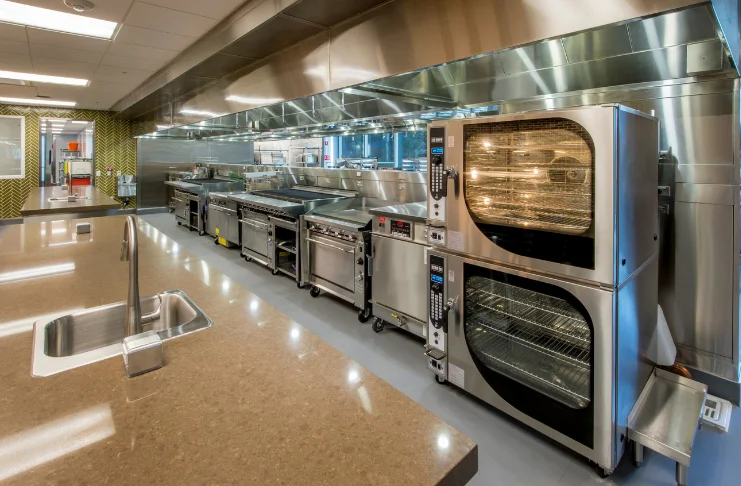With the advent of delivery-driven business models redefining how restaurants run, the food sector has had an amazing makeover recently. The cloud kitchen model has been among the most important developments. Eliminating the need for conventional dining-in venues, these facilities—also known as ghost kitchens or virtual kitchens—focus just on cooking food for distribution. While satisfying the increasing demand for quick, premium meal delivery, this simplified strategy lowers overhead expenses.
Reducing Expenses While Maintaining Excellence
Cloud kitchens have one of the main benefits in reducing running costs. Eliminating dining rooms helps companies save front-of-house personnel, utilities, and rent. This facilitates entrepreneurs’ market entrance or expansion of current businesses. Food companies may concentrate on obtaining premium products, improving menu offers, and providing consistent quality to consumers as fewer resources are connected to physical places. A cloud kitchen can also run several virtual brands from one site, therefore optimizing profitability and spreading income sources.
Meeting Changing Consumer Habits
The explosion of meal delivery apps has drastically changed customer behavior. Customers of today want their food to arrive promptly and fresh, just as requested. Using cutting-edge technology to maximize processes and simplify preparation, cloud kitchens are meant to satisfy these standards. Cloud kitchens use creativity to improve the client experience, from smart inventory control systems to real-time order tracking. For companies, this effectiveness shows up as more consumer satisfaction and more loyalty.

Flexibility and Scalability for Growth
Because cloud kitchens are naturally adaptable, companies can react fast to consumer tastes and industry trends. A brand might, for example, explore new menus or cuisines without running the financial risks involved in launching a classic restaurant. Should a proposal prove successful, it can be quickly expanded to other sites with little initial outlay of funds. In the fast-changing food scene of today, when remaining relevant calls for ongoing innovation, this agility is especially important.
Environmental Responsibility and Green Initiatives
Additionally, offering a chance to embrace sustainable practices are cloud kitchens. These kitchens naturally cut energy usage compared to conventional restaurants by having smaller areas and centralized activities. To appeal to consumers that are ecologically sensitive, companies might also concentrate on waste management techniques and environmentally friendly packing. This dedication to sustainability helps the earth as well as improves company recognition.
Leveraging Technology for Success
Operations in cloud kitchens revolve around technology. Integrated software solutions guarantee a flawless procedure from start to finish by allowing seamless coordination among order systems, culinary personnel, and delivery partners. By means of insightful analysis of consumer preferences, data analytics enable companies to improve their menus and marketing plans. Cloud kitchens that embrace technology will be able to keep a competitive edge and provide first-rate service even at maximum demand.
Building Resilience in Challenging Times
In a sector beset with hitherto unheard-of difficulties, cloud kitchen models provide a road to resilience. Businesses that give efficiency top priority—along with scalability and customer satisfaction—can withstand economic uncertainty and change with the times. The cloud kitchen is more than simply a trend—it’s a game-changing solution that propels food industry innovation and expansion for both established businesses and startups.

